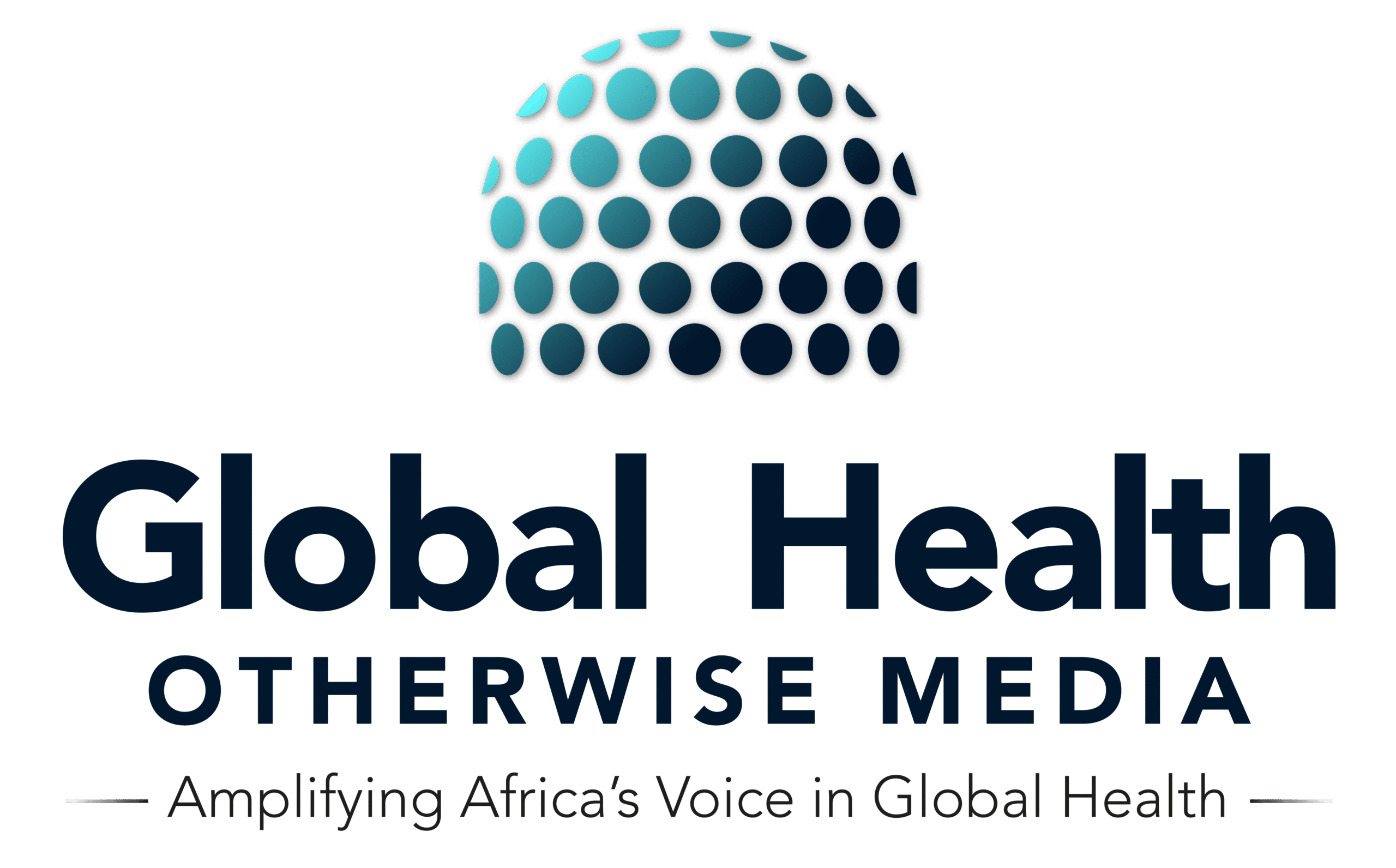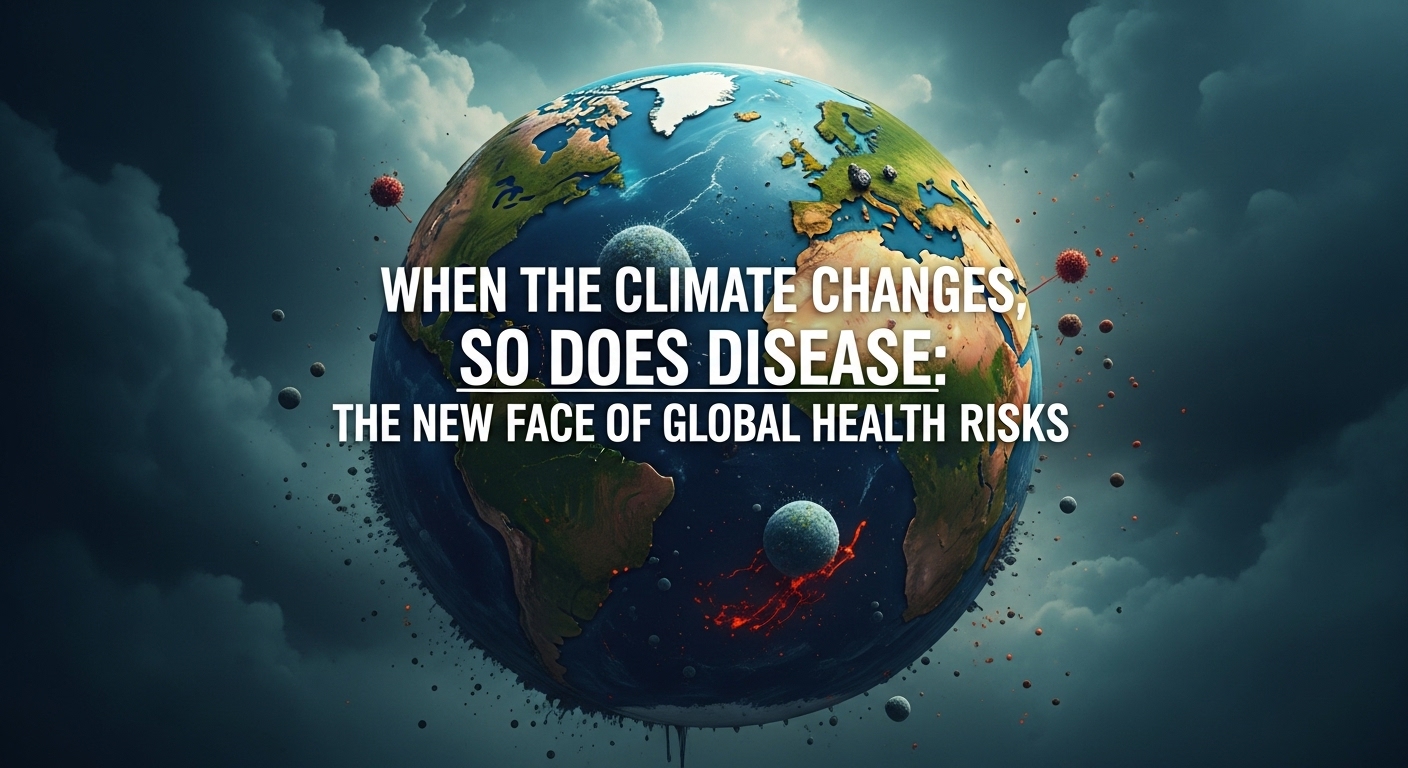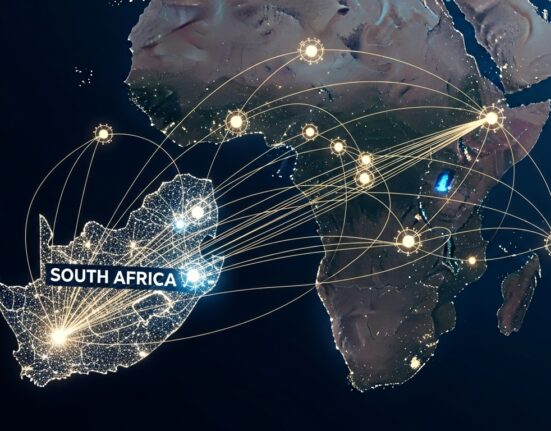When the Climate Changes, So Does Disease: The New Face of Global Health Risks
As the planet heats up, it’s not just sea levels and temperatures that are rising, so are the risks to human health. WHO reports that across tropical and subtropical regions, communities are witnessing a sudden rise in diseases that were once considered seasonal or limited to specific geographies.
Among the most striking examples is the Chikungunya virus, a mosquito-borne illness whose spread has become closely tied to shifting climate patterns. Chikungunya, once largely confined to parts of Africa and Asia, has now been reported in over 100 countries, including the Americas. The virus causes debilitating joint pain, fever, fatigue, and in some cases, long-term complications that stay with victims for months.
What’s alarming health experts isn’t just its painful symptoms, but how climate change is accelerating its reach. According to Scientific Reports, mosquitoes that transmit Chikungunya, primarily Aedes aegypti and Aedes albopictus, thrive in warm, humid environments.
As global temperatures climb and rainfall patterns change, these mosquitoes are gaining ground in areas previously inhospitable to them. Longer summers and milder winters create the perfect conditions for them to breed year-round and at higher altitudes and latitudes.
In places like the southern US, where Chikungunya was virtually unheard of, localized outbreaks have now occurred. Cities with historically temperate climates are seeing an uptick in mosquito populations, leaving public health officials scrambling to adapt.
It’s a stark reminder that the effects of global warming aren’t just distant, they’re before our eyes and they’re making people sick. But Chikungunya is just one piece of a larger puzzle as climate change is also fueling the spread of other vector-borne diseases like dengue, Zika, and malaria.
In some regions, heavier rains are creating stagnant pools of water, ideal mosquito breeding sites, while in others, drought is pushing people to store water in open containers, which can also attract mosquitoes. The result is a web of new disease risks.
Beyond vector-borne illnesses, extreme heat events linked to climate change are straining healthcare systems in multiple ways. More people are being hospitalized for heat exhaustion, respiratory problems, and cardiovascular stress. Air pollution from wildfires, another consequence of a warming climate, worsens asthma and other lung conditions.
Food insecurity, driven by crop failures and erratic weather, is leading to malnutrition and higher vulnerability to disease, especially in children. Public health systems around the world are now being forced to prepare for scenarios that didn’t exist just a few decades ago. It’s not just about controlling outbreaks but about anticipating new health threats born from a rapidly changing climate.
The connection between climate and disease is no longer speculative. It’s measurable, visible, and, for many communities, painfully real. As climate change reshapes the landscape of global health, Africa stands at the frontline, both as a vulnerable region and as a hub of resilience and innovation. Now, more than ever, investing in Africa-led health research is critical.
We must support regional institutions and researchers to generate localized data, track emerging disease patterns, and inform climate-responsive health systems. Policymakers, donors, and global partners must prioritize funding, capacity building, and equitable collaboration to ensure that African voices lead the response to climate-linked health threats. The climate crisis is a health crisis.


